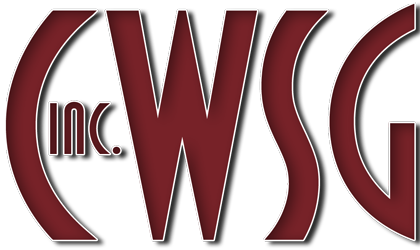Stucco FAQ
STUCCO
Adjacent or adjoining trim accessories should be gapped per the manufacturer's instructions (typically 1/8 to 3/16") to allow for expansion and contraction of the trim. The trim intersections should also be set in a bead of an approved sealant to minimize potential water entry.
With STUCCOBASE, the specifications indicate a minimum of 6 days cure prior to the application of the finish.
Expansion joints are used at areas such as building expansion joints, prefabricated panel joints, substrate changes, plane changes, and other areas where structural movement is anticipated. Expansion joints are typically fabricated using sealant joints or in some case metal/prefabricated accessories. Control joints are typically located every 144 s.f. of wall surface area, at maximum uncontrolled lengths of 6.5 lineal meters (18 lineal feet) and maximum uncontrolled length to width ratios of 2 1/2: 1. Control joints are typically fabricated from metal or plastic trim accessories and are available through numerous manufacturers. Their primary purpose is to control cracking which can occur during curing of Portland Cement Plaster.
Moist or damp curing slows the drying process and enables for continuous hydration of the cement which helps with development of the product’s physical properties.
Soluble salts which can appear as a white material on cementitious products as a result of the introduction of moisture into the cementitious products.
Efflorescence can often be alleviated by dry brushing. More severe cases may require use of masonry cleaner in accordance with the manufacture's recommendations.
MAINTENANCE
Periodic cleaning is suggested. Sealants should be reviewed every year or so. All cladding systems, including brick and vinyl, require some maintenance.
Take a visual inspection every six months, when you are doing your Spring and Fall cleanup. Look to verify that sealants and flashing are functioning properly. Look for cracks, bulges, stains, gouges, penetrations, vandalism, etc. Repair any damage or deficiencies.
We have an outlined procedure in our Technical Bulletin 1017594. Basically, you can use mild cleaning detergents, and low water pressure "300/500 PSI", cool water, and a soft bristle brush. Do not use the following: any cleaner that is solvent based; high water pressure; hot water; or wire brushes.
The best way is to repaint the area.
If properly maintained, the cladding will last a long time. The first Senergy walls were installed in 1979 and the first EIFS walls in the US were installed in 1969; most are still in service as of this writing (2020).








